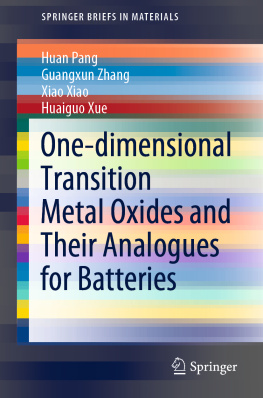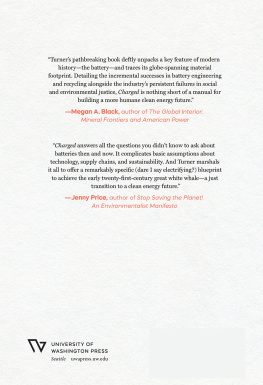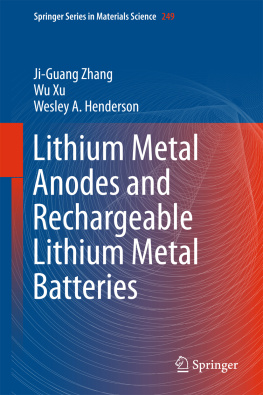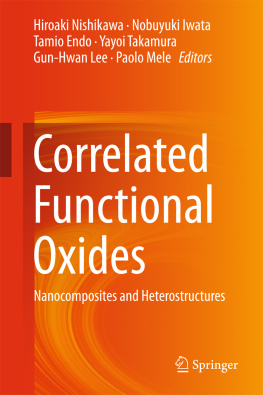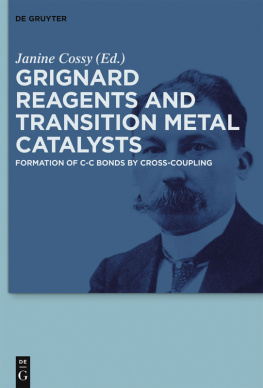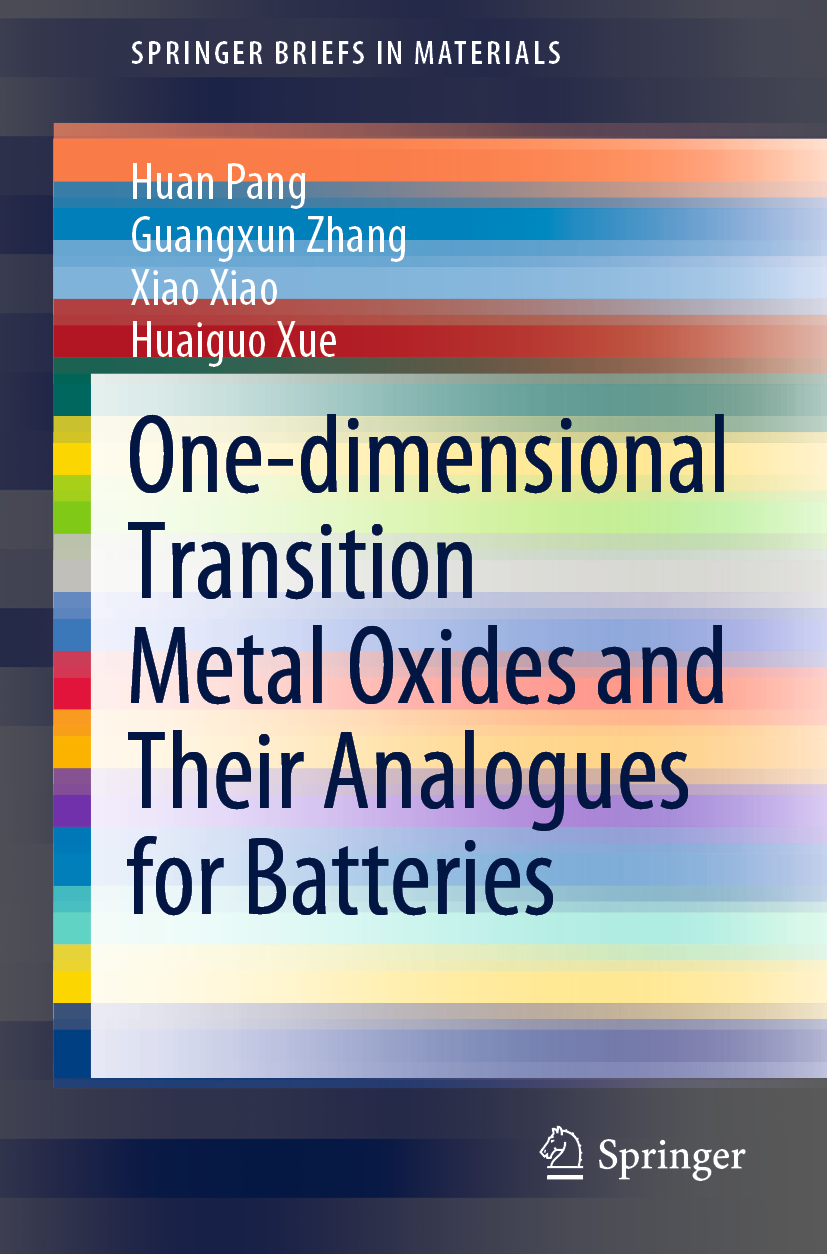SpringerBriefs in Materials
The SpringerBriefs Series in Materials presents highly relevant, concise monographs on a wide range of topics covering fundamental advances and new applications in the field. Areas of interest include topical information on innovative, structural and functional materials and composites as well as fundamental principles, physical properties, materials theory and design. SpringerBriefs present succinct summaries of cutting-edge research and practical applications across a wide spectrum of fields. Featuring compact volumes of 50 to 125 pages, the series covers a range of content from professional to academic. Typical topics might include
A timely report of state-of-the art analytical techniques
A bridge between new research results, as published in journal articles, and a contextual literature review
A snapshot of a hot or emerging topic
An in-depth case study or clinical example
A presentation of core concepts that students must understand in order to make independent contributions
Briefs are characterized by fast, global electronic dissemination, standard publishing contracts, standardized manuscript preparation and formatting guidelines, and expedited production schedules.
More information about this series at http://www.springer.com/series/10111
Huan Pang , Guangxun Zhang , Xiao Xiao and Huaiguo Xue
One-dimensional Transition Metal Oxides and Their Analogues for Batteries
Huan Pang
School of Chemistry and Chemical Engineering, Yangzhou University, Yangzhou, Jiangsu, China
Guangxun Zhang
School of Chemistry and Chemical Engineering, Yangzhou University, Yangzhou, Jiangsu, China
Xiao Xiao
School of Chemistry and Chemical Engineering, Yangzhou University, Yangzhou, Jiangsu, China
Huaiguo Xue
School of Chemistry and Chemical Engineering, Yangzhou University, Yangzhou, Jiangsu, China
ISSN 2192-1091 e-ISSN 2192-1105
SpringerBriefs in Materials
ISBN 978-981-15-5065-2 e-ISBN 978-981-15-5066-9
https://doi.org/10.1007/978-981-15-5066-9
The Author(s), under exclusive license to Springer Nature Singapore Pte Ltd. 2020
This work is subject to copyright. All rights are solely and exclusively licensed by the Publisher, whether the whole or part of the material is concerned, specifically the rights of translation, reprinting, reuse of illustrations, recitation, broadcasting, reproduction on microfilms or in any other physical way, and transmission or information storage and retrieval, electronic adaptation, computer software, or by similar or dissimilar methodology now known or hereafter developed.
The use of general descriptive names, registered names, trademarks, service marks, etc. in this publication does not imply, even in the absence of a specific statement, that such names are exempt from the relevant protective laws and regulations and therefore free for general use.
The publisher, the authors and the editors are safe to assume that the advice and information in this book are believed to be true and accurate at the date of publication. Neither the publisher nor the authors or the editors give a warranty, expressed or implied, with respect to the material contained herein or for any errors or omissions that may have been made. The publisher remains neutral with regard to jurisdictional claims in published maps and institutional affiliations.
This Springer imprint is published by the registered company Springer Nature Singapore Pte Ltd.
The registered company address is: 152 Beach Road, #21-01/04 Gateway East, Singapore 189721, Singapore
Preface
One-dimensional (1D) nanostructures (such as nanowires, nanorods, nanotubes and nanobelts) can shorten the ion diffusion path, increase the electrode/electrolyte contact area, lower the discharge-charge time, offer direct current pathways, accommodate volume expansion, mitigate slow electrochemical kinetics and limit mechanical degradation. Additionally, unlike typical 1D nanostructures, 1D-analogue nanostructures, also known as 1D heteronanostructures, consist of multiple components. The types of 1D-analogue nanostructures include core-shell nanostructures, hollow architectures and other intricate one-dimensional analogue construction. The synergistic effects between each component endow heterostructured electrodes with better electrical conductivity, greater electrochemical cycle stability and reversibility, faster ion transport, improved mechanical stability, etc. As a result, they have been widely applied in different fields for energy storage, catalysis and optics. What is noteworthy is that the promising family of transition metal oxides (TMOs) and composite materials has attracted significant attention due to its attractive properties such as their earth-abundance, high-powered energy storage capabilities and environmental friendliness. Due to these properties, TMOs are promising candidates for future applications in electrochemical energy storage devices.
This book shows an up-to-date overview of the controlled syntheses and battery applications of complex 1D nanomaterials. Furthermore, the strategies for structural upgrading to obtain a high-order architecture based on a 1D morphology, which can include core-shell structures, hollow structures, and their hybrids with various carbon materials, etc., are described in detail. A wide range of practical applications of 1D/1D analogue TMOs as electrode materials for advanced batteries such as lithium/sodium/ potassium/magnesium-ion batteries, Li-S batteries, metal-air batteries are also presented in this book.One-dimensional Transition Metal Oxides and Their Analogues for Batteriesreviews the recent advances in the architectures, properties, and applications of multifarious 1D nanomaterials for next-generation battery-related applications. It is interesting and useful to a wide readership in various fields of materials science and engineering.
Huan Pang
Guangxun Zhang
Xiao Xiao
Huaiguo Xue
Yangzhou, China
Acknowledgments
This work was supported by the National Natural Science Foundation of China (U1904215, 21671170, 21673203, and 21201010), the Top-notch Academic Programs Project of Jiangsu Higher Education Institutions (TAPP). Program for New Century Excellent Talents of the University in China (NCET-13-0645) and Program for Colleges Natural Science Research in Jiangsu Province (18KJB150036). Postgraduate Research & Practice Innovation Program of Jiangsu Province (XKYCX17-038), the Six Talent Plan (2015-XCL-030), and Qinglan Project of Jiangsu.
Abbreviations
AC
Activated carbon
AG
Activated graphene
An
Annealed
AR
Array
BIOXs
Biogenous iron oxides
BM
Ball milling
BTS
Bacteria-Templated Synthesis
CA
Calcination
c-b
Core-branch
CBD
Chemical bath-deposition
CC
Carbon Cloth
CFC
Carbon fiber cloth
CFP
Carbon fiber paper
CMFs
Carbon microfibers
CNT
Carbon nanotube
CPP
Cationic polymerization process
c-s
Core-shell
CT
Carbon textiles
CVD
Chemical vapor deposition
CVR
Chemical vapor-reaction
DH
Double hydroxide

